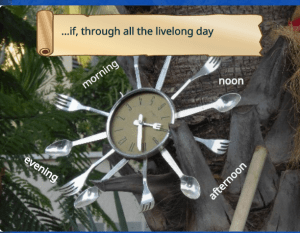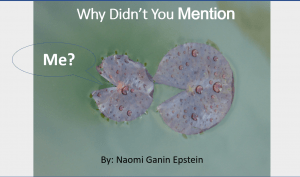
Naomi’s Photos
This book was a “YES” “YES” kind of book with two “but” “but”s.
I knew almost nothing about the book when I began reading, just that it was advertised as a book that people who love books and believe in the power of words would enjoy reading.
That certainly caught my attention!
It’s a wonderful story about storytelling and about “Doors” (with a capital D) which really do appear in some form in every story when you start to think about it. It’s a tale where words have power and young people strive (naturally, against all odds) to write (write = create) their own life story, the way they want it to be. There is a clear message that being “different” isn’t a bad thing. It’s a book full of different worlds, unusual places, characters and exotic objects all described in rich detail.
The book has even been shortlisted for the Nebula Award!
No, I’m not going into the plotline. Trust me, you don’t want to read more details about it in advance – let the story unfold at its own pace for you!
So, with all these compliments where do the two “buts” come in?

Well, there can be too much of a good thing sometimes. While I delighted in the rich descriptive language, the amount of metaphors and similes used in this book is staggering! Sometimes I wished the author would simply let a character complete her/ his action or have a quiet moment without it being compared to anything…
The other comment has to do with length. I believe the book would be even better if it were a bit shorter – there are certain points where I felt the storyline got bogged down a bit.
Enjoy!





